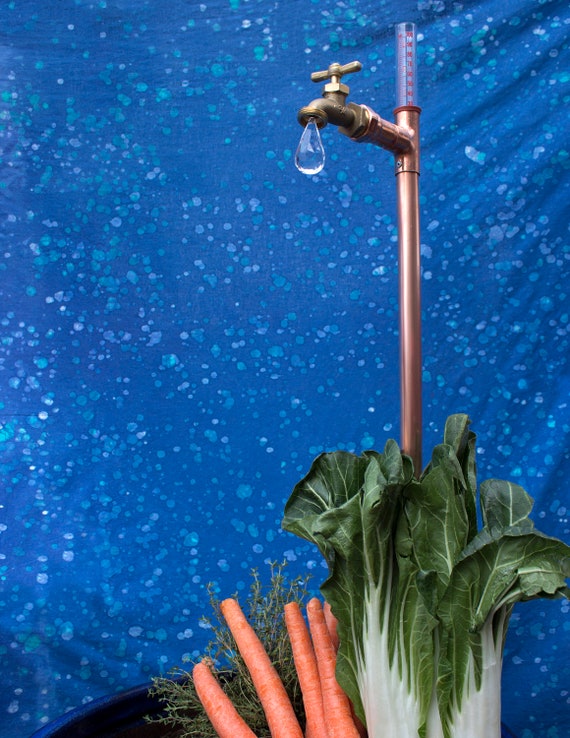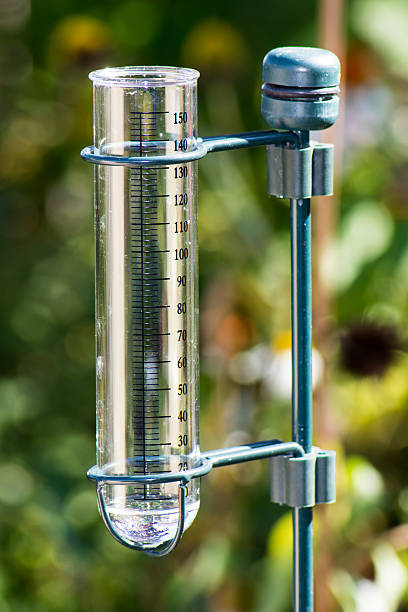The Rain Gauge: Empowering Communities with Precise Rain Information
Wiki Article
DIY Rain Scale: Straightforward Actions to Make Your Own
Are you thinking about tracking rainfall in your area? Producing your very own DIY rainfall scale is a efficient and straightforward way to tape-record and gauge precipitation. With simply a few usual materials and some fundamental steps, you can quickly build your very own rain gauge in the house. In this overview, we will certainly give you with a detailed procedure to help you develop your own rainfall scale. No demand for any specialized expertise or devices - this job can be finished by any individual. By following these simple instructions, you will have a trustworthy tool to determine rainfall and add to your understanding of the local weather patterns. Let's obtain started on making your DIY rainfall scale today!Gather Products
To begin creating your DIY rainfall gauge, collect all the necessary products making use of a comprehensive list of products. Having the appropriate materials on hand will make sure the effective development of your rainfall gauge and permit for precise dimensions of rains. Gathering these products ahead of time will certainly streamline the building and construction procedure and guarantee that you have every little thing you require to create your own Do it yourself rain scale.Prepare the Container

Mark the Dimension Increments
To properly gauge the amount of rains, properly noting the dimension increments on your do it yourself rainfall scale is important. Without precise and clear markings, it would be hard to determine the precise amount of rainfall accumulated in your rainfall gauge. Below are the actions to mark the measurement increments on your rain gauge.The most typical devices for determining rainfall are millimeters and inches. When you have actually picked the unit, make use of a long-term pen or waterproof paint to mark the increments on the side of your rainfall gauge.
When noting the increments, it is important to guarantee that they are evenly spaced and clearly visible. Use a ruler or determining tape to make sure accuracy and consistency. Furthermore, make certain that the markings are resistant to fading or abrading, as direct exposure to the aspects might trigger them to wear away over time.
Location the Rain Gauge Outdoors
The rain scale ought to be put outdoors to properly gather rainfall data. The place picked for the rainfall scale ought to be complimentary and open from any type of blockages that can potentially influence the measurement of rainfall. It is vital to discover an area that is not obstructed by trees, structures, or other frameworks that could block the rain from reaching the scale. This will certainly make sure that weblink the accumulated information is rep of the real rains in the area.Additionally, it is vital to place the rainfall gauge on a secure surface, such as a degree ground or a durable post. This will certainly prevent any type of movement or tilting of the gauge, which could result in imprecise measurements. It is likewise recommended to stay clear of positioning the scale near any type of resources of man-made water, such as lawn sprinklers or drainage systems, as this could hinder the precision of the dimensions.
Display and Document Rainfall Information
Normal tracking and recording of rainfall information is crucial for exact data analysis and interpretation. By monitoring rains measurements, you can acquire beneficial understandings into weather condition patterns, climate patterns, and water resource administration. To properly check and videotape rains data, it is important to develop a routine and maintain regular practices.Firstly, make sure that your rainfall scale is placed in an open area far from obstacles such as trees or structures that may obstruct rains. In addition, see to it the rain gauge is level and firmly anchored to stop any kind of activity that can impact the precision of the dimensions.

When taping the rains information, it is essential to keep in mind the day and time of each dimension. Use a ruler or a measuring stay with establish the rains deepness in the rainfall gauge, and document this info accurately.
To make sure the precision of the measurements, it is suggested to empty the rainfall scale after each recording. This will my website certainly protect against any type of overflow or dissipation from affecting subsequent measurements.
Final Thought
Finally, creating a DIY rainfall gauge is a simple and sensible method to monitor and tape-record rains information (The Rain Gauge). By complying with the actions laid out in this write-up, you can easily gather products, prepare the container, note the dimension increments, and place the rain gauge outdoors. Consistently monitoring and taping rains data can supply valuable details for her comment is here numerous functionsHaving the ideal materials on hand will guarantee the effective production of your rainfall gauge and enable for exact dimensions of rainfall.To properly determine the amount of rainfall, properly marking the measurement increments on your DIY rain gauge is crucial.The rainfall scale should be put outdoors to accurately gather rainfall information. The area chosen for the rain gauge need to be open and complimentary from any type of blockages that might possibly affect the dimension of rains.In conclusion, developing a DIY rain gauge is a sensible and simple means to monitor and videotape rains information.
Report this wiki page